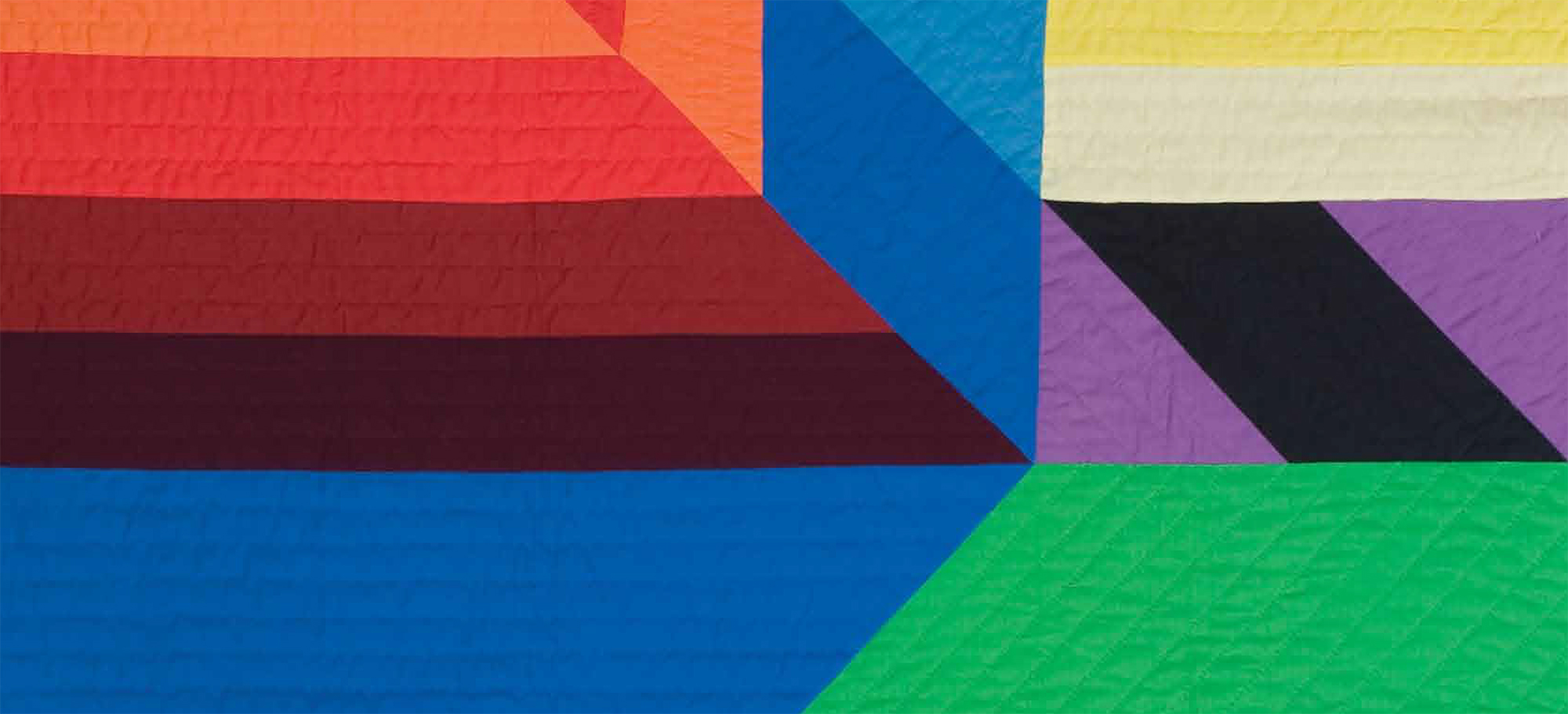
Getting It All Together
March 2-Sept. 2, 2012
Jean Ray Laury’s Quilts and Education

Jean Ray Laury had it all together, so it seems, and she taught other women how to live a balanced life in the roles they chose, making room for everyday creativity.
This was Laury’s feminist viewpoint, one that appealed to women for whom a radical change in lifestyle was neither practical nor desirable.
The works of Laury’s hands and mind reveal a woman who—as an artist, quiltmaker, feminist, mother, wife, homemaker, teacher, mentor, and author—combined the many ingredients of her life, along with a dash of humor, into an integrated whole. She “had it all together.”
Jean Ray Laury: Getting It All Together features Laury’s quilts, artworks in other media, and her personal and professional records selected from the IQM Collections and the University of Nebraska-Lincoln’s Archives and Special Collections.
Laury donated her art and papers in 2010, a few months before her death on March 2, 2011. Unless otherwise noted, all items are drawn from this generous gift.